Baby bbq food ideas
BBQ food and your baby - What you NEED to know
🎁 FLASH SALE 🎁 25% off baby meal plan & toddler snack guide using code "merry" until 12/23!
BBQ season is pretty much here! With Father’s Day coming up, and long weekends as we start summer holidays, you may be wondering if offering your baby food off the BBQ is ok, if it can be served safely to them, and what types of foods to give them.
Barbecuing can be a great way to add a new smoky flavour to the variety you already offer to your baby and toddler, and can help to expand their palette through exposure. It’s also easy and convenient for most of us as you can prep the ingredients beforehand and throw it on the BBQ outside – leaving little to no mess in the kitchen (who doesn’t love that!). And if you’re like my family, you can also leave it to Dad to handle, while Mom gets a break from real cooking for the night.
Let’s get one thing out of the way first, ‘cause I know it will come up (and don’t forget you can listen to the full episode on this topic here, too).
Is barbecuing safe for kids from a cancer perspective? Some of you may be like “What??”. But others might be like, “Yeah, I hear that barbecuing can be carcinogenic!”.
For the record, I hate the fearful messages that circulate, and the over-worry about the potential minute bad things out there with every food…but here’s what you technically need to know about it.
There are chemicals called Heterocyclic amines (HCAs) and polycyclic aromatic hydrocarbons (PAHs) which are formed when meat like beef, pork, fish, or poultry, are cooked using high-temperature methods directly over an open flame. So obviously, this would mean barbecuing is the perfect example of this. HCAs are formed in a chemical reaction at high temperatures, and PAHs are formed in a chemical reaction when fat and juices from meat drip onto the open flame, which then causes more flames and smoke. This is said to then cause a reaction where the PAHs from the flame and smoke stick, if you will, to the surface of the meat (1).
The formation of HCAs and PAHs varies by meat type, cooking method, and “doneness” level (ie. rare, medium, or well-done).
Studies have shown that exposure to HCAs and PAHs can cause cancer in rodents who were fed a diet supplemented with HCAs. These rodents developed tumors of the breast, colon, liver, skin, lung, prostate, and other organs. Those that were fed PAHs also developed cancers, including leukemia and tumors of the gastrointestinal tract and lungs. BUT, the doses of HCAs and PAHs used in these studies were VERY high—equivalent to thousands of times the doses that a person would consume in a normal diet. So let’s be honest…unless you’re only eating BBQ food over an open flame most days of the week – I honestly wouldn’t worry at all.
As with anything and everything nutrition, there are “bad” sides to almost everything you look at. Little things like this, when they’re done once or twice, are not going to be what causes harm, picky eating, obesity, or cancer. It’s the frequent dependence on them that truly matters.
It’s the frequent dependence on them that truly matters.
With all of that being said, we know that babies can’t handle as much of any chemical or toxin as adults can, because of their smaller bodies. So, here are the best ways that you can be extra sure you’re doing everything you can to keep your baby safe while still serving them food from the BBQ.
- Marinate meat, poultry, and fish before cooking. There has been research that has shown that marinating these foods can prevent the formation of cancer-causing chemicals during the cooking process.
- Continuously turning meat over while it’s on a high heat source can also substantially reduce HCA formation. This is compared with just leaving the meat on the heat source, without flipping it often. (I think most of us already do this, but I’m not a BBQ expert)
- Barbecue slowly and keep the food away from the hot coals so that flames are less likely to engulf the food, which prevents charring.
 The charred parts are again, maybe the parts that are hard for babies and toddlers to eat anyway, so you’ll most likely be removing those and offering them the inside pieces of meat.
The charred parts are again, maybe the parts that are hard for babies and toddlers to eat anyway, so you’ll most likely be removing those and offering them the inside pieces of meat. - When barbecuing, choose lean cuts of meat, poultry, and seafood over higher-fat meats. Also, trim off any visible fat which you wouldn’t want to give to your baby or toddler anyway, as it’s hard to chew. I typically recommend cooking with fat when doing so over the stove, in the oven etc, as it keeps meat juicy for your baby, but then I remove it, like the skin of a chicken breast for example, before serving it because it’s a choking hazard. However, when barbecuing, you could just remove the fat from the beginning to reduce the amount of smoke created from burning fat. Stick with offering juicy pieces of meat, such as a chicken thigh or drumstick, for babies since the added moisture will make it easier for your baby to squish and chew. But, as they’ve had some experience with that, you can always offer some juicier pieces of chicken breast as well.
 Of course, a burger that’s cooked through for babies is also great (they need to be well-done because babies are more susceptible to food borne illnesses).
Of course, a burger that’s cooked through for babies is also great (they need to be well-done because babies are more susceptible to food borne illnesses). - Check out my blog post on how to serve meat to babies and toddlers for all the info on serving meat – including how to safely serve various types of meat to prevent choking. And remember, babies don’t need teeth to eat meat! I also have a podcast episode on simple food play ideas with meat, if you have a toddler that’s still learning to like meat.
While we love to grill meat at my house, all of the risks I outlined above when it comes to carcinogens and barbecuing, are in relation to meat, only. The effects of barbecuing aren’t the same for plant based food, so what a wonderful opportunity to introduce your baby to the world of barbecuing this way! If you like to BBQ everyday, why not switch it up and try some of these ideas on the BBQ to limit the amount of barbecued meat being eaten, add some variety, and try some new flavours for these standard meal options?
Here’s a list of some of my favourite things to make on the BBQ:
- Grilled vegetables, like: zucchini, eggplant, asparagus, and potatoes.
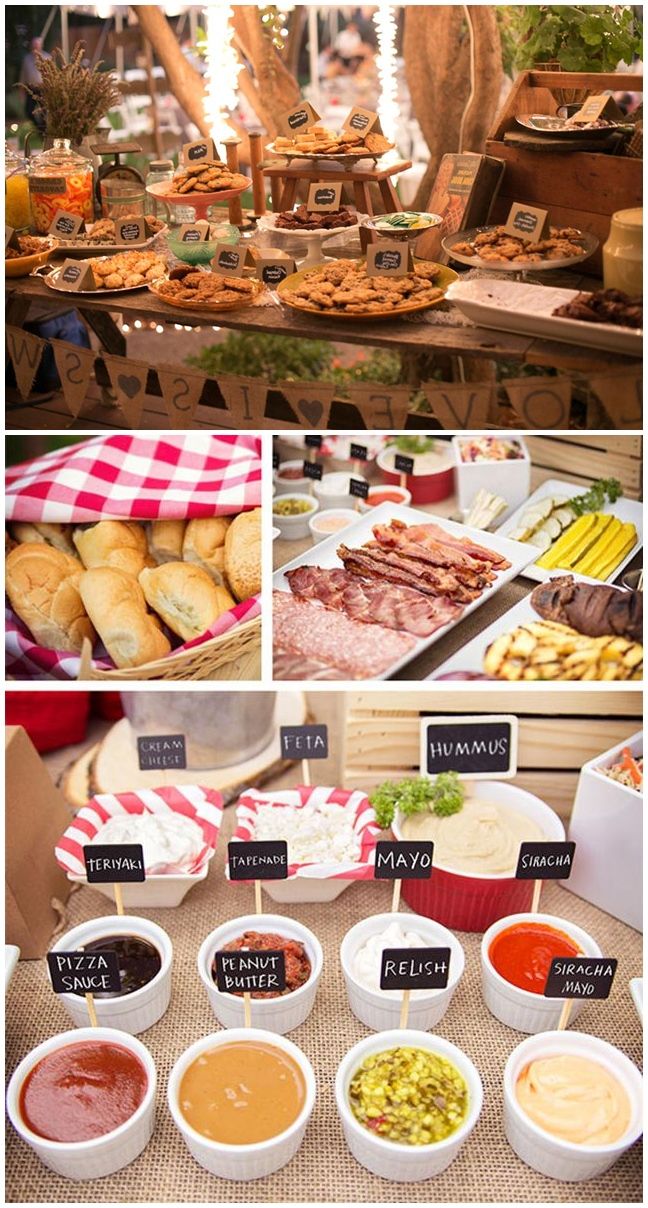 Just like roasting, barbecuing vegetables brings out a sweeter flavour from the caramelization process.
Just like roasting, barbecuing vegetables brings out a sweeter flavour from the caramelization process. - Veggie burgers – a great meat alternative for a barbecued meal.
- Fruit slices, like pineapple, peaches, or bananas – so tasty! Many people add sugar to allow the fruit to caramelize even more on the outside, which tastes AMAZING, but I’d omit that for babies, since it will still taste good without it, and we’d prefer to limit added sugar under the age of 2.
- Try out a grilled fruit or veggie kabob. This is a fun way to serve these foods to your toddler that are typically always presented in the same way, and it can be more interesting to them, making them want to actually eat it.
- Corn on the cob is another toddler favorite. You can offer this to your baby as well, I’d say by around 8-9 months after they’ve had some practice with solids and self-feeding.
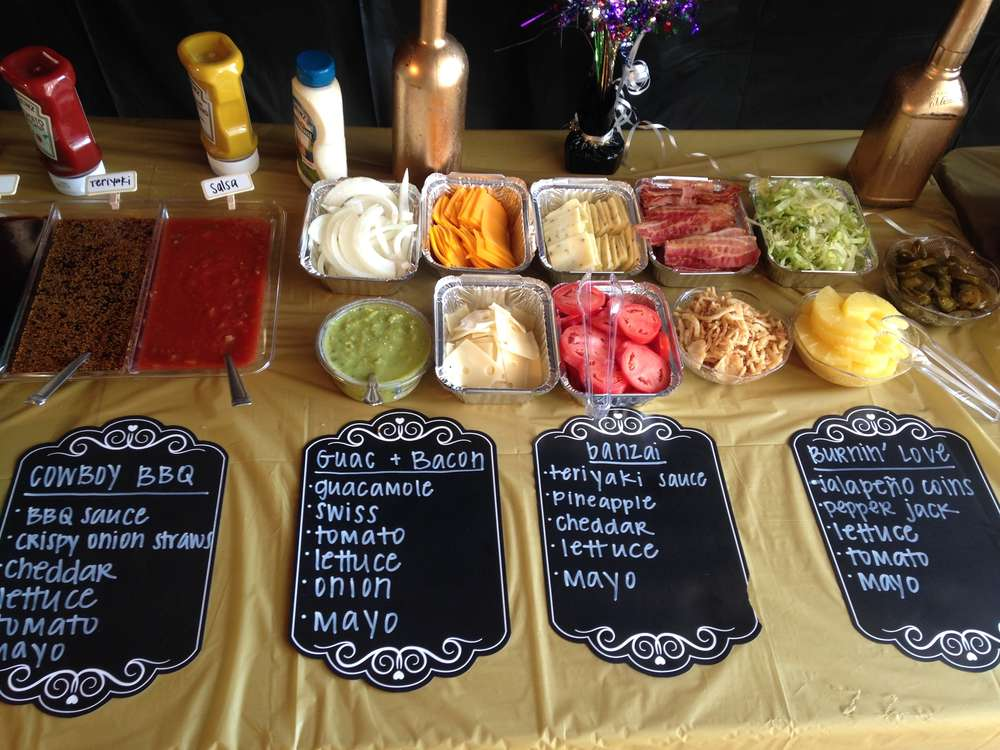 Just be sure to cut the cob in thirds so that the piece is lighter for them to be able to hold and eat off of.
Just be sure to cut the cob in thirds so that the piece is lighter for them to be able to hold and eat off of. - Take something like a pizza, flatbread, or a quesadilla and throw it on the BBQ! Especially if they rejected it before, this will provide a different flavour that you might find they enjoy.
That’s it for tips for this BBQ season – please enjoy the time with your family and try not to stress about the risk factors! Everything has risk, we do our best to manage it, and by following the tips I outlined above, I truly would not worry!
References:- https://www.cancer.gov/about-cancer/causes-prevention/risk/diet/cooked-meats-fact-sheet
PrevPrevious#58: BBQ for Babies and Toddlers – Unique Food Ideas and How to Keep it Healthy and Safe
Next#59: Can babies have spices? Which ones? How much?Next
SHARE THIS POST
@mylittleeater
JOIN THE FUN ON INSTAGRAM —
BACK TO THE TOP —
THE COURSES
Elsewhere
©2022 MY LITTLE EATER | SITE CREDIT
Privacy Policy | Terms & Conditions | Disclaimer | Disclosure
Kid Friendly BBQ Recipes – For Fathers Day
Every Father’s Day, I try to get the kids involved in the kitchen. They love helping me plan the menu, picking out the ingredients, and preparing the meal. Once the ingredients are prepped and ready to go, Daddy gets to take over and do what he really loves – cooking everything on the bbq!
They love helping me plan the menu, picking out the ingredients, and preparing the meal. Once the ingredients are prepped and ready to go, Daddy gets to take over and do what he really loves – cooking everything on the bbq!
I absolutely love bbq’d food in the summer. My kitchen stays nice and cool, clean-up is a super quick, and I can cook dinner while watching the kids play in the garden. More often than not, my husband takes over bbq’ing duties, giving me a head-start on cleaning up. It’s win-win. Here’s a few of my favorite Father’s Day recipe. I hope you love them as much as I do!
Chicken Tenders are super easy for little hands to manage and are a great bbq recipe for baby led weaning. To make meat really tender for little babies to eat, start with tin foil, allow to cook until the chicken is white and almost cooked then take out of the foil and grill it gets lovely and browned but not blackened.
Find the recipe here: Sweet Tangy Peach BBQ Chicken Tenders
BURGERS! Is there a more Dad-designed food on the planet? I don’t think so.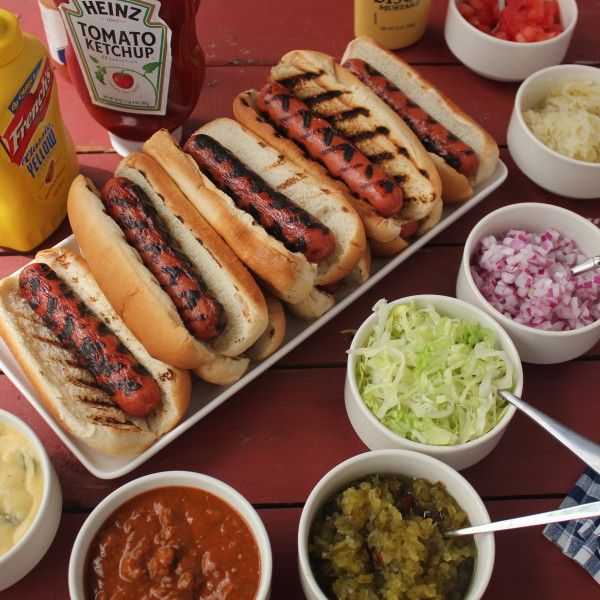 These allergy-friendly burgers are just as juicy and tasty as the original. The secret is…. chia seeds! Cooked on the grill, this recipe is a definite winner.
These allergy-friendly burgers are just as juicy and tasty as the original. The secret is…. chia seeds! Cooked on the grill, this recipe is a definite winner.
Find the recipe here: Burgers with no egg and no breadcrumbs
BBQ and Vegetarian food don’t always go in the same same sentence but when you have a vegetarian in your house, you have have some yummy recipe up your sleeve so that everyone can enjoy the day. These baby veggie burgers are perfect for babies, toddlers and and grown ups too!
Find the recipe here: Baby Veggie Burgers
This recipe is on our menu for this weekend! The word peri-peri just makes my mouth water! When it comes to spicy food, I make up 2 batches of spice mixture – really spicy (for Mum and Dad) and really mild (for smaller kids). Mild spice is good and it really introduces lots of flavour to their diet.
Find the recipe here: Peri Peri Chicken with Sweetcorn
My kids absolutely adore kababs. There is something about having their food cooked on a stick that makes them so happy. In this recipe, colourful veggies and sweet pineapple are paired with tender chicken, brushed with a sweet sauce and grilled until caramelised.
There is something about having their food cooked on a stick that makes them so happy. In this recipe, colourful veggies and sweet pineapple are paired with tender chicken, brushed with a sweet sauce and grilled until caramelised.
Find the recipe here: Hawaiin Chicken Kabobs
This is probably one of the nicest bbq sauces I have ever tried and it is from the lovely Alyssa over at Simply Quinoa. You can adjust it to your own tastes but just as it is my kids LOVE it!
Find the Recipe here: Easy Homemade Vegan BBQ Sauce
Who doesn’t love corn on the cob? No hands? I thought so 🙂 In our house we fight over the corn and this recipe is by far the best one I have ever made. You can make it less spicy for small kids, and just leave out the salt. Did you know that corn on the cob is brilliant for babies, especially teething ones. It is so easy for them to hold and it works wonders for the gums.
Find the recipe here: Mexican Style Street Corn
A grilled dessert? Why, yes, of course! These Banana Split dessert nachos have all of the flavours of the original dessert, but made with wholesome ingredients. Made with crispy “chips”, sweet caramelised fruit, and a delightful strawberry sauce, this dessert will quickly become a family favourites!
Made with crispy “chips”, sweet caramelised fruit, and a delightful strawberry sauce, this dessert will quickly become a family favourites!
Find the recipe here: Banana Split Grilled Dessert Nachos
Another family favourite for a hot day, this healthy “ice cream” is made with bananas and a brown-bread cone and is a really fun BLW recipe. This recipe has been shared over 1 MILLION times so that is really saying something! You have to try it 😀
Find the recipe here: Brown Bread Ice Cream Cones with Banana Nice Cream
Fruit on a Stick ALWAYS works wonders with getting kids eating more of it. If it’s on a stick they love it twice as much! These yummy fruit sticks from A Night Owl Blog are a firm favourite in our house. There is something delicious about bbq’d pineapple!
Find the recipe here: Grillied Pineapple and Watermelon Fruit Kabobs
If you have a favourite bbq recipe I would love to know! I am always looking for new ideas so pass them on!
Wishing all the lovely Dads a very happy Fathers Day! Hope you get a bazillion hugs and kisses this weekend.
Aileen xoxoxo
First foods broccoli first foods for baby led weaning broccoli Fussy eaters Starting baby led weaning Finger foods baby led weaning first foods Freezer Filler Recipes Buddah Bowl Buddha Bowl Toddler Food Baby Bowl Recipes
Unusual ideas for barbecue and barbecue
- Ideas
March 29, 2017
Cooking tasty treats grill and mangale Lofts with barbecues and grills in Moscow is one of the most favorite entertainment among the guests of our lofts. But, I must admit, the choice of dishes is usually quite limited.
Anastasia Makarova
editor
nine0006 And if instead of offering traditional barbecues and burgers to guests - pineapples, chestnuts and trdlo ? We have found the most unusual, and at the same time affordable, recipes for cooking on coals and on an open fire.
Mussels and shrimps
Fish is a fairly frequent guest at grill parties. We want to remind you of other seafood that can be perfectly cooked on an open fire or coals. Both shrimp and mussels are usually marinated before cooking. Shrimp marinade can be based on lemon juice or unsweetened yogurt. Mussels are marinated in lemon juice with olive or butter. Sometimes wine is added to the marinade. Seafood is marinated for about an hour, and they need to be fried for 3-5 minutes. Shrimps and thawed peeled mussels are fried on coals, strung on wooden skewers. An exception will be fresh (or freshly frozen) mussels in closed shells - they can not be marinated, but fried directly on a grill or metal sheet - they are considered ready as soon as the shells open. nine0007
Marshmallow
White sweet viscous marshmallows are gaining popularity not only for children, but also for adult parties Informal thirtieth young dad . The easiest thing to do with them is to fry them over an open fire, strung on wooden skewers for barbecue, this can be done both on the grill and at fireplace Lofts with fireplaces in Moscow and St. Petersburg . A more advanced option is “smores” - for their preparation, marshmallows heated to a black crust must be placed between two cookies, along with a piece of chocolate. And the most unusual grilled dessert is obtained if you take the smallest marshmallow, add chocolate chips, biscuit pieces, nuts, coconut flakes to them, season with this mixture a ripe banana cut lengthwise and bake on fire. A banana can be either in a peel (then you need to put a piece of foil under it), or peeled (in this case, the whole banana is wrapped in foil - this way the filling melts better). nine0007
The easiest thing to do with them is to fry them over an open fire, strung on wooden skewers for barbecue, this can be done both on the grill and at fireplace Lofts with fireplaces in Moscow and St. Petersburg . A more advanced option is “smores” - for their preparation, marshmallows heated to a black crust must be placed between two cookies, along with a piece of chocolate. And the most unusual grilled dessert is obtained if you take the smallest marshmallow, add chocolate chips, biscuit pieces, nuts, coconut flakes to them, season with this mixture a ripe banana cut lengthwise and bake on fire. A banana can be either in a peel (then you need to put a piece of foil under it), or peeled (in this case, the whole banana is wrapped in foil - this way the filling melts better). nine0007
Fruit
In addition to the banana, almost any fruit can be baked and fried. Best of all - pineapples, peaches, pears, grilled, as well as apples, berries and plums baked in foil. It is very difficult to choose any one recipe, but in the case of fruits, fantasy will come to the rescue. To make it tasty and beautiful, it is recommended to water the fruit before frying with sugar syrup with rum to form a crust. Fruit baked in foil goes well with honey, nuts, cinnamon. Mascarpone cheese, whipped cream or ice cream are usually added to ready meals. nine0007
It is very difficult to choose any one recipe, but in the case of fruits, fantasy will come to the rescue. To make it tasty and beautiful, it is recommended to water the fruit before frying with sugar syrup with rum to form a crust. Fruit baked in foil goes well with honey, nuts, cinnamon. Mascarpone cheese, whipped cream or ice cream are usually added to ready meals. nine0007
Chestnuts
Everyone has seen chestnuts in stores, but not everyone knows how to cook them, but meanwhile this is an excellent dish for grilling or charcoal cooking, you can cook them both on the grill and in the fireplace. To roast chestnuts, it is better to use a special grill pan that looks like a colander. Before frying, chestnuts must be cut crosswise from the “sharp” side. Sometimes it is recommended to soak the fruits before cooking or cover with a wet napkin. Roast the chestnuts for about 20 minutes. Serve, clean and eat them better warm, piping hot. nine0007
Chestnuts are associated primarily with France, so they will perfectly complement a French-style party.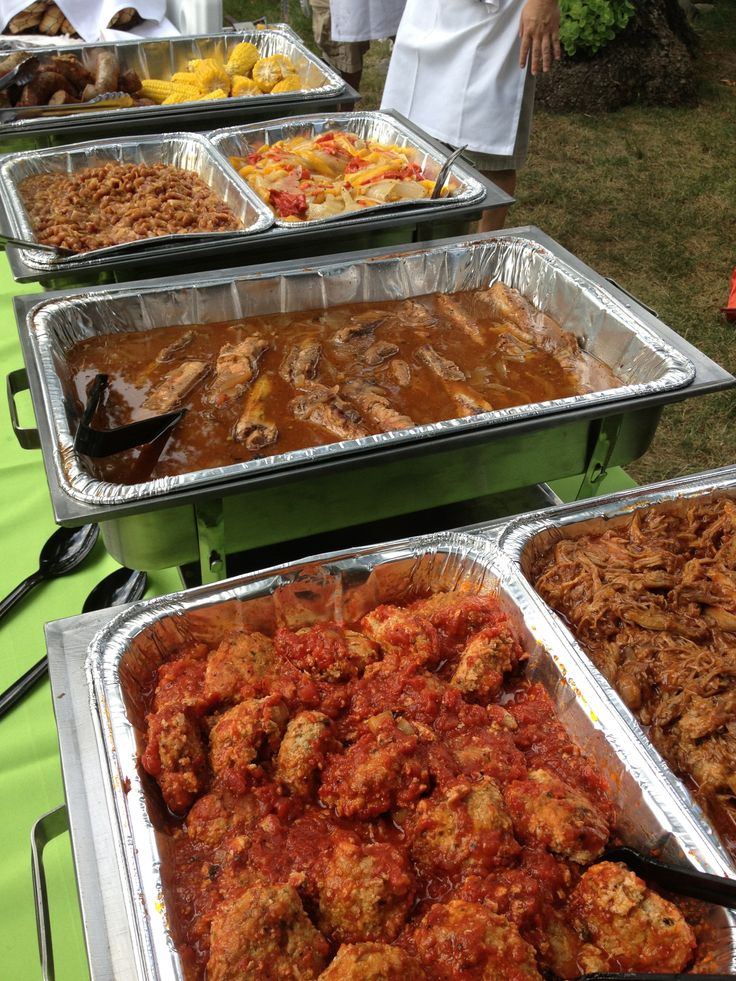
Trdelniki (trdlo)
And this is a thing from Czech cuisine. It is made from dough, which is wound on a special "steel rolling pin" (you can buy this in some departments that sell barbecue accessories, it is actually called trdlo) and fried on the grill or in the oven. The dough can be prepared according to any recipe, the main thing is that it be yeasty and rich (if you are cooking in a loft right on a holiday, it is better to stock up on dough in advance). The dough is cut into strips and tightly wound around the trdlo. Then the tube is smeared with egg white and rolled in a sprinkling, which consists of cinnamon with nuts and sugar. Grilled on charcoal, like a barbecue. The finished curl can be sprinkled with sugar, coconut flakes, poppy seeds, chopped nuts, or stuffed with any sweet fillers. nine0007
Lula kebab
This dish is rarely prepared during the holidays - its preparation is quite laborious, but it's worth it.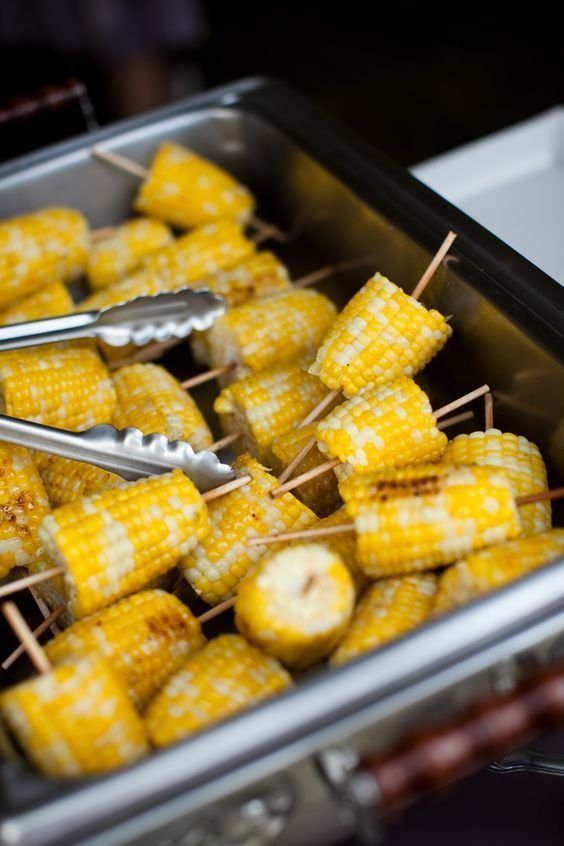 For a kebab, you need meat, always fresh, not frozen (any kind), lard, which makes the minced meat viscous (lard or tail fat), herbs, spices and onions to taste, but it’s better not to report than to overdo it. Meat and greens are chopped with a knife into small pieces, lard can be passed through a food processor. Then the minced meat is mixed and be sure to “knock out”, that is, a lump of minced meat must be thrown into the bowl with force for about 10 minutes to achieve the correct consistency (you can cook the minced meat in advance so as not to waste time on the holiday). It is better to fry kebab on the grill, but if you are not sure about the density of your minced meat, then you can use the grill. Minced meat sticks around standard skewers, wooden skewers or bamboo sticks for barbecue. Minced meat is strung or stuck on them in the form of sausages. Lula kebab needs to be turned over often so that the sausages are covered with a neat crust. nine0007
For a kebab, you need meat, always fresh, not frozen (any kind), lard, which makes the minced meat viscous (lard or tail fat), herbs, spices and onions to taste, but it’s better not to report than to overdo it. Meat and greens are chopped with a knife into small pieces, lard can be passed through a food processor. Then the minced meat is mixed and be sure to “knock out”, that is, a lump of minced meat must be thrown into the bowl with force for about 10 minutes to achieve the correct consistency (you can cook the minced meat in advance so as not to waste time on the holiday). It is better to fry kebab on the grill, but if you are not sure about the density of your minced meat, then you can use the grill. Minced meat sticks around standard skewers, wooden skewers or bamboo sticks for barbecue. Minced meat is strung or stuck on them in the form of sausages. Lula kebab needs to be turned over often so that the sausages are covered with a neat crust. nine0007
Hot sandwiches
And for those who want to cook, but do not want to bother - we offer the simplest and most democratic option. Grill or grill hot sandwiches. As a basis, you can take bread for toast, a baguette, flat cakes, or thin pita bread - and stuff sandwiches with whatever your heart desires. Fried meat, minced meat, vegetables, sausages, any kind of cheese, herbs. Don't forget sauces and olive oil. A ready-made burger, envelope, sandwich is heated on the grill or on the grill. Such a sandwich constructor is tasty, exciting, budget-friendly and does not require special culinary skills. nine0007
Grill or grill hot sandwiches. As a basis, you can take bread for toast, a baguette, flat cakes, or thin pita bread - and stuff sandwiches with whatever your heart desires. Fried meat, minced meat, vegetables, sausages, any kind of cheese, herbs. Don't forget sauces and olive oil. A ready-made burger, envelope, sandwich is heated on the grill or on the grill. Such a sandwich constructor is tasty, exciting, budget-friendly and does not require special culinary skills. nine0007
15 best barbecue ideas
07/16/2016, 12:01
Modified: 12/06/2022, 11:22
In nature, the appetite increases several times, and one of the best ways is to cook food on the spot, for example, using a grill. The most interesting thing is that in this way you can fry potatoes and peppers that are familiar to us, or you can experiment with asparagus, avocados, corn and pineapples! Read the most interesting barbecue ideas in our article. nine0007
nine0007
Barbecue base
Sausages
Sausages are probably the easiest thing to cook over a fire. They put it on skewers, twisted it over the fire for 5-7 minutes, and you're done. Another plus: even the most ordinary sausages, when roasted on a fire, acquire an amazing taste and aroma, so it makes no sense to spend money on something special.
Potatoes
Everyone knows how to bake potatoes in a fire. We offer to fry the rings of this vegetable on skewers. First, with a special brush, you need to carefully clean the potatoes, cut into slices and grease with your favorite spices. You can simply season with salt and pepper, but paprika will add a special piquancy. Fry for about 10 minutes, constantly scrolling through the skewers. nine0007
Prawns
Grilled prawns are a special treat. If you don't want to spend a lot of time, just drizzle the seafood with lemon juice, sprinkle with sea salt, and grill it. If you have time and desire, you can dream up and cook shrimp with canned pineapple, smearing seafood with Teriyaki sauce, and alternating on skewers along with fruit rings.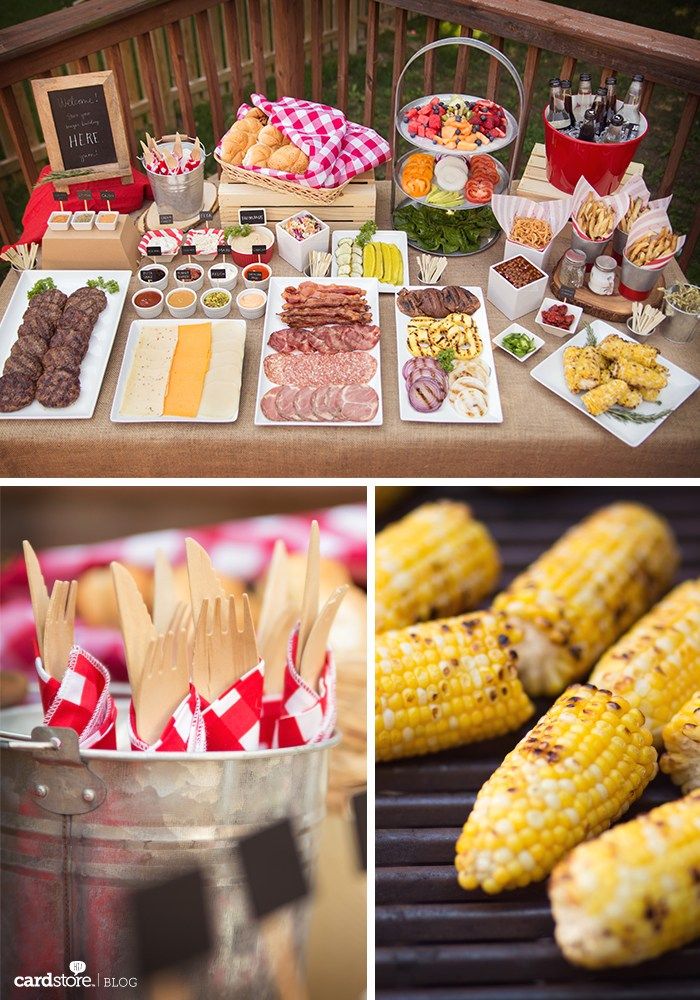 Shrimps are fried for about 10 minutes.
Shrimps are fried for about 10 minutes.
Capelin or sardines
Fresh frozen fish is best, or thawed beforehand. After that, dry it with a paper towel. Then salt, pepper, and brush with sunflower oil. You can cook as soon as the firewood burns out, or when a small flame remains. During frying, one secret must be taken into account: it is better to wrap the grate with foil so that fat does not leak from the capelin. Fry for about 5 minutes on each side. nine0007
Breaded cheese
It is better to choose hard cheese, suluguni or feta cheese is also perfect. Cut the product into strips 2 cm thick, about 7 cm long, then breaded in salted egg and breadcrumbs. This delicacy is fried for about 2 minutes on each side.
Grilled vegetables
Eggplants and zucchini
These vegetables are also very easy to prepare, just cut them, brush them with oil and salt as desired. The main thing is to know one secret: if you cut vegetables into circles, they will turn out softer, if along - more rigid. The second option is usually used for further preparation of stuffed rolls. nine0007
The second option is usually used for further preparation of stuffed rolls. nine0007
Asparagus
If you've never cooked asparagus over a campfire, you must try it! To make it tastier, brush with sauce before frying and repeat after. What kind of sauce is right? A mixture of balsamic vinegar, olive oil and spices. The sprouts themselves are best strung on one skewer, so they do not fall off the grill when frying.
Corn
It is not necessary to peel it, because it is by the leaves that we determine the degree of readiness during frying. Corn requires special preparation, namely long soaking - about 3 hours. After it is necessary to dry it, and grease with olive or melted butter. Fry, turning evenly, for 40 minutes. When the leaves begin to darken and curl, and the top grains separate easily, the corn is ready! nine0007
Avocado
This amazing fruit is simply amazing when grilled properly! It is necessary to cut it in half, pull out the bone, and stuff it with a mixture of finely chopped tomatoes and onions, lime juice, and spices. Grill crust side down until dark brown stripes form.
Grill crust side down until dark brown stripes form.
Tomatoes
Tomatoes are prepared in many ways: roasted whole, cut into rings, or breaded in breadcrumbs. The main thing to remember is that it is better to salt this vegetable after frying, so that it gives less juice at the stake. Another tip: tomatoes go perfectly with balsamic vinegar and cheese! nine0007
Bell peppers
Peppers can be cooked whole or cut into slices. Roasted peppers on hot coals. Do not be afraid when the peel turns black, the main thing is to know one secret: after frying, the pepper should be put in a food bag, and tied tightly, left for 10-15 minutes. So it will reach full readiness, and most importantly, the blackened skin after this procedure will separate very easily, and you will get only the tender pulp of pepper.
Mushrooms
Mushrooms have their own special taste, but to emphasize it, they still need to be marinated. An excellent marinade will turn out if you mix olive oil, soy sauce, spices and hops-suneli seasoning.











